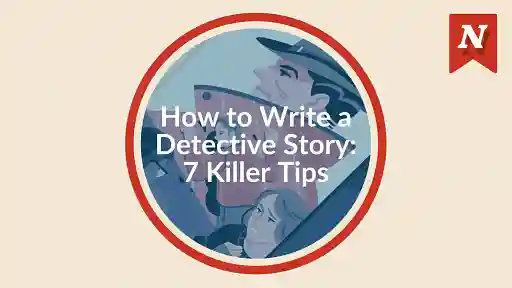To write humour like Jerry Seinfeld, you need to understand the structure of his humour as well as the anatomy of humour in general so you can write your own comedy:
How to write humour like Jerry Seinfeld in 5 steps:
Step 1: Don't betray the effort your joke took to create.
A large part of humour is surprise and being caught off guard. The less you have to labour at driving home the punchline, the better. Make it punchy and get to the point. Seinfeld is famous for his breezy, quick-witted comedic style.
Step 2: Focus on developing your brand of humour
Even the best comics have booed at one point or another in their lives. Besides learning how to deal with the reader equivalent of hecklers, focus on developing your own brand of comedy (even if you want to write like Seinfeld) that will appeal to your own niche audience. Seinfeld frequently works Jewish identity into his jokes. The British comedian Sarah Millican uses a mix of self-deprecation and unexpected lasciviousness.
Step 3: Structure your jokes like a pro
Seinfeld has talked about how to structure a single joke, but those same tips can be modified to write a longer humour piece effectively. In addition to establishing the type of piece it will be from the start, Seinfeld suggests starting with a humorous anecdote. As a writer, this anecdotal quality will help you achieve a comedic overall effect. It signals to the audience that they are reading something funny.
Step 4: Be specific
Specificity is important in all types of writing, and humour is no exception. Seinfeld, in one bit, jokes about which parts of his head purportedly blew off at the thought of Pop Tarts. As with any other type of writing, concrete detail grounds your writing. Odd details and original ways of talking about familiar experiences and objects create delight in readers and listeners who are bored of cliche.
Step 5: Pace the story
In writing humour, pacing is crucial. It's similar to how timing of delivery can make or break a joke in a comedy movie or series. Just as in any other type of writing you would not place your climax near the start of the story, you must make sure that you are guiding your audience to the big laugh near the story's end. It doesn't have to be a punchline necessarily, but a humorous conclusion to the buildup. Watch old Seinfeld stand-up videos on YouTube to gain a better sense of humour pacing.
What is your favourite humorous piece of writing, and what element do you think is most important in making it effective?









